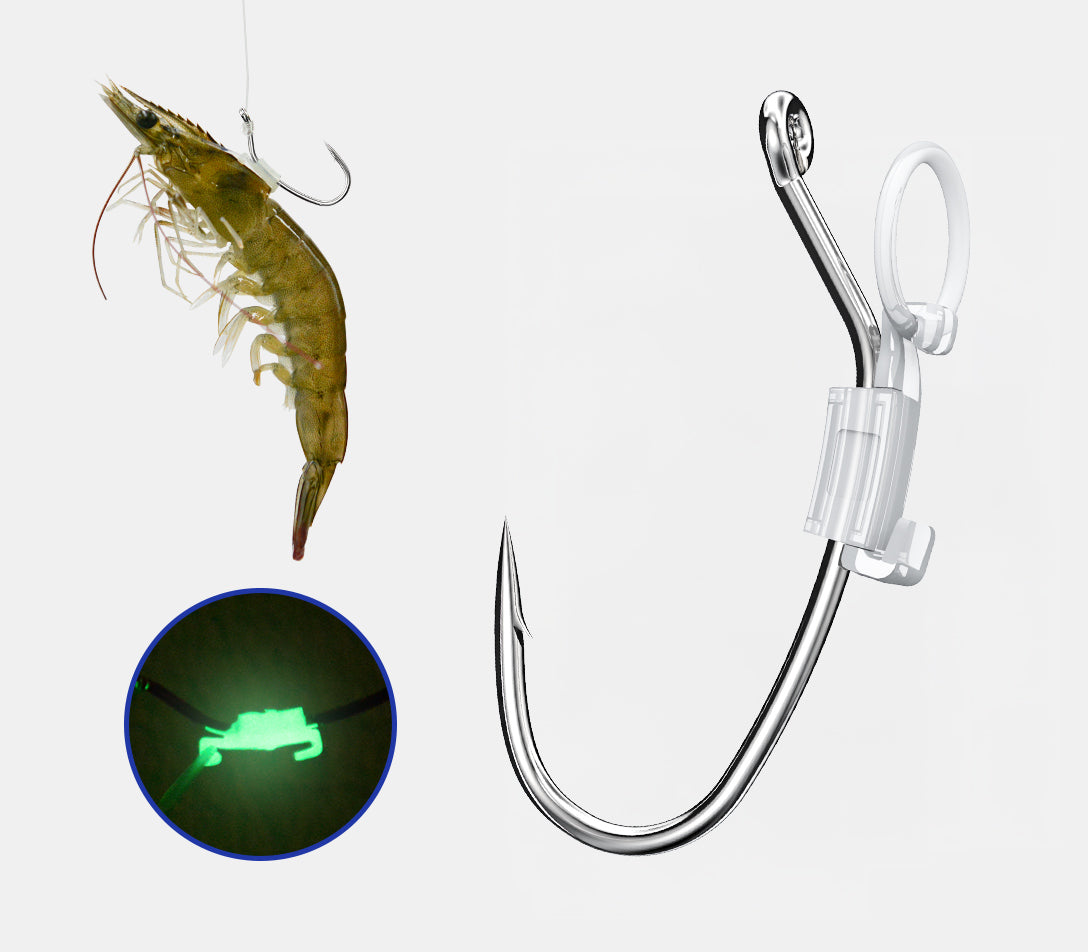For anglers in the freshwater lakes and rivers of North America, walleye and sauger present exciting angling opportunities. Though closely related and similar in appearance, significant differences exist between these two species that can influence how you fish for and identify them. Recognizing these distinctions is crucial not just for a successful catch but also for ecological reasons, such as species management and conservation efforts. Correctly distinguishing between a walleye and a sauger can also be vital for adhering to local fishing regulations.
Both species are members of the perch family and share many characteristics, making them challenging to tell apart at first glance. However, understanding the subtle differences can greatly enhance your fishing experience.
This article delves into the methods to differentiate walleye from sauger, their respective habitats, effective fishing techniques, and the importance of recognizing each species.
Biological and Physical Differences
Appearance: At first glance, walleye and sauger might look quite similar, but several physical traits help distinguish them:
Color and Patterns:
Walleye: Walleye typically have a golden-brown to olive hue with a white underbelly and a white lower tail fin. Their bodies are marked with five dark saddles that extend to the upper part of their body but not to the belly.
Sauger: Sauger generally display a more mottled, brownish color with distinct dark spots randomly scattered across their dorsal (top) side. Unlike walleye, these spots can appear throughout their body, including their dorsal fins.
Fin Structure:One of the easiest ways to tell these fish apart is by examining the first dorsal fin.
Walleye: Walleye have a spiny dorsal fin with a black patch at the rear but no spots.
Sauger: Their dorsal fins are characterized by rows of distinct black spots, and they lack the black blotch at the rear that is typical of the walleye.
Tail:
Walleye: The tail of a walleye has a more pronounced fork, and the lower lobe has a distinct white tip, which is very noticeable and one of the key identifiers.
Sauger: The sauger's tail also has a forked appearance but lacks the white tip on the lower lobe, and it can have faint spots, which are generally absent in walleye.
Eye Reflection:As their name suggests, walleye have a special layer in their eyes that reflects light, which aids their vision in low-light conditions. This gives their eyes a distinctive, glassy appearance, especially noticeable at night.
Size: Generally, walleye grow larger than sauger. The average walleye catches range from 10 to 18 inches long, while sauger are typically around 10 to 15 inches. Walleye can exceed 30 inches and weigh over 10 pounds, significantly larger than the sauger's maximum size of about 6 pounds.

Habitat and Range
Walleye: Walleye are native to the Great Lakes, the Saint Lawrence Seaway, and the Mississippi River basin, extending north into Canada and westward across the Missouri River Basin. They prefer cleaner, deeper, and cooler waters compared to sauger. During the day, walleye often stay deep to avoid light and move into shallower waters to feed at dawn and dusk.
Sauger: Sauger are more adaptable to turbid and low-visibility waters and are often found in river systems, including the Missouri and Ohio Rivers, as well as in reservoirs. Unlike walleye, they can tolerate slightly warmer waters, which sometimes dictates their habitat overlaps only partially with that of walleye.

Fishing Techniques
Walleye: Walleye fishing is highly popular, especially in the northern United States and Canada. Successful techniques include jigging with minnows or worms, trolling with crankbaits, and night fishing using lighted slip bobbers. Walleye are known for being particularly responsive to live Bait due to their reliance on sight and vibration for hunting.
Sauger: Sauger fishing can be highly productive, especially in turbid waters where they thrive. Jigs tipped with minnows, worms, or soft plastics work well, as do blade Baits and spoons that create vibration. Sauger are often found near the bottom, so techniques that keep the Bait close to or on the riverbed or lake floor tend to be more effective.
Importance of Knowing the Differences
Understanding the distinction between walleye and sauger is important for several reasons:
Regulatory Compliance: Fishing regulations can vary significantly between species, with different size limits, bag limits, and open seasons. Misidentifying a catch can lead to unintentional violations.
Conservation Efforts: Both species have different needs and vulnerabilities. Knowledge of their distinct habitats and behaviors supports better conservation and management strategies that help maintain healthy populations.
Fishing Success: Differentiating between the two can help refine techniques to target each species effectively based on their unique behaviors and preferences.
Taste Comparison
If you've never had the chance to enjoy the culinary delights of Sauger or Walleye, you might wonder which one tastes better. In my experience, both species offer a similar, delicious flavor profile with their white, flaky meat. Most people would be hard-pressed to discern a significant difference in taste between the two. Ultimately, it comes down to personal preference, but both Sauger and Walleye are widely regarded as excellent table fare.

Conclusion
Whether you're a seasoned angler or a novice, understanding the key differences between walleye and sauger enhances your fishing experience and contributes to responsible angling practices. Both species offer unique challenges and rewards, making them beloved targets in the sport fishing community. By recognizing their distinctions, respecting their habitats, and applying species-appropriate techniques, anglers can enjoy the thrill of fishing while supporting the ecological balance of freshwater ecosystems. Remember, successful fishing is not just about the catch, but also about embracing stewardship of the natural world.















